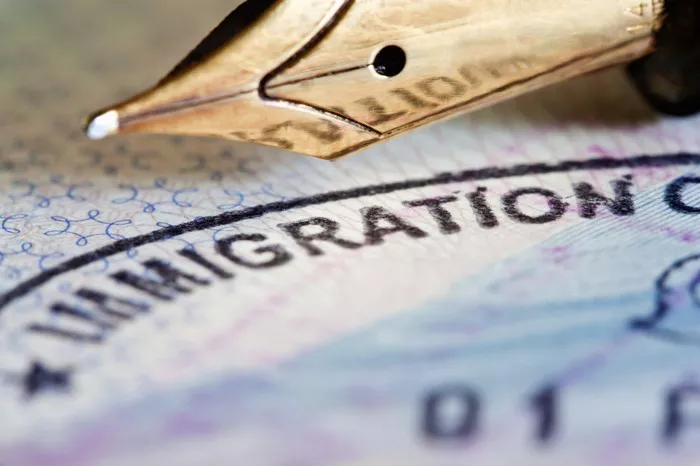Immigration policies across various countries often include provisions that address long-term residency and eligibility for certain benefits based on the duration of lawful presence in the country. One such provision, commonly known as the 20-Year Rule, is a significant aspect of immigration law in several jurisdictions. This rule typically grants certain rights or exceptions to individuals who have resided continuously in the host country for a specified period, usually 20 years.
Origins and Purpose of the 20-Year Rule
The 20-Year Rule is rooted in the recognition that individuals who have lived in a country for a substantial period of time may have established deep social, economic, and familial ties that warrant special consideration in immigration proceedings. Its primary purpose is to provide relief or pathways to legal status for long-term residents who may otherwise face challenges due to their undocumented status or other immigration issues.
Key Features and Criteria
Continuous Residence: To qualify under the 20-Year Rule, an individual must demonstrate uninterrupted residence in the country for the entire 20-year period. This requirement ensures that applicants have truly integrated into the society and have not maintained a transient or intermittent presence.
Lawful or Unlawful Status: In some jurisdictions, the rule may apply regardless of whether the individual has maintained lawful status throughout the entire period. This means that individuals who have been undocumented for part or all of their residency may still be eligible under certain conditions.
Exceptions and Disqualifications: Certain criminal convictions or other disqualifying factors may prevent individuals from benefiting from the 20-Year Rule. Each jurisdiction has its own criteria regarding what constitutes an acceptable or unacceptable criminal history for the purposes of this rule.
Application Process and Documentation
Applying for relief under the 20-Year Rule typically involves submitting detailed documentation to prove continuous residence, such as:
Residence Records: Lease agreements, utility bills, or tax records spanning the entire 20-year period.
Employment Records: Pay stubs, W-2 forms, or employer letters confirming employment history.
Financial Records: Bank statements or other financial documents demonstrating economic ties to the country.
Social and Community Ties: Affidavits from family members, friends, employers, or community leaders attesting to the applicant’s integration and contributions.
Benefits and Legal Status
Successful applicants under the 20-Year Rule may be eligible for various benefits, including:
Legalization or Permanent Residence: Some jurisdictions offer pathways to lawful permanent residence (LPR) or other forms of legal status to individuals who qualify under this rule.
Work Authorization: Applicants may receive authorization to work legally in the country, removing barriers to formal employment and economic stability.
Access to Services: Legal status through the 20-Year Rule often grants access to social services, healthcare, and educational opportunities on par with other lawful residents.
SEE ALSO: DACA RENEWAL PROCESSING TIMES: ALL YOU NEED TO KNOW
Challenges and Limitations
Despite its intended benefits, the 20-Year Rule can present challenges for applicants, including:
Complex Application Process: Gathering sufficient evidence of continuous residence over a 20-year period can be daunting, especially for individuals who may have limited documentation or face language barriers.
Legal Complexity: Navigating immigration laws and procedures, including potential appeals or challenges to denials, often requires legal expertise.
Policy Changes: Immigration policies are subject to change, and eligibility criteria for the 20-Year Rule may evolve over time, affecting who qualifies and under what conditions.
Comparative Analysis: Global Perspectives
The implementation and scope of the 20-Year Rule vary significantly across countries. For example:
United States: The U.S. does not have a formal “20-Year Rule” but offers relief through various forms of discretionary relief, such as cancellation of removal for certain non-permanent residents who have been physically present in the U.S. for at least 10 years.
United Kingdom: In the UK, individuals who have resided unlawfully for at least 20 years may apply for leave to remain based on long residence, provided they meet specific criteria and demonstrate exceptional circumstances.
Conclusion
In conclusion, the 20-Year Rule in immigration law represents a significant mechanism for recognizing and providing relief to long-term residents who have established roots in a host country. While its application and benefits vary widely, understanding its criteria, documentation requirements, and potential challenges is crucial for individuals seeking to regularize their immigration status under this provision. As immigration policies continue to evolve globally, the 20-Year Rule remains a pivotal consideration in shaping pathways to legal residency and integration for eligible long-term residents.


